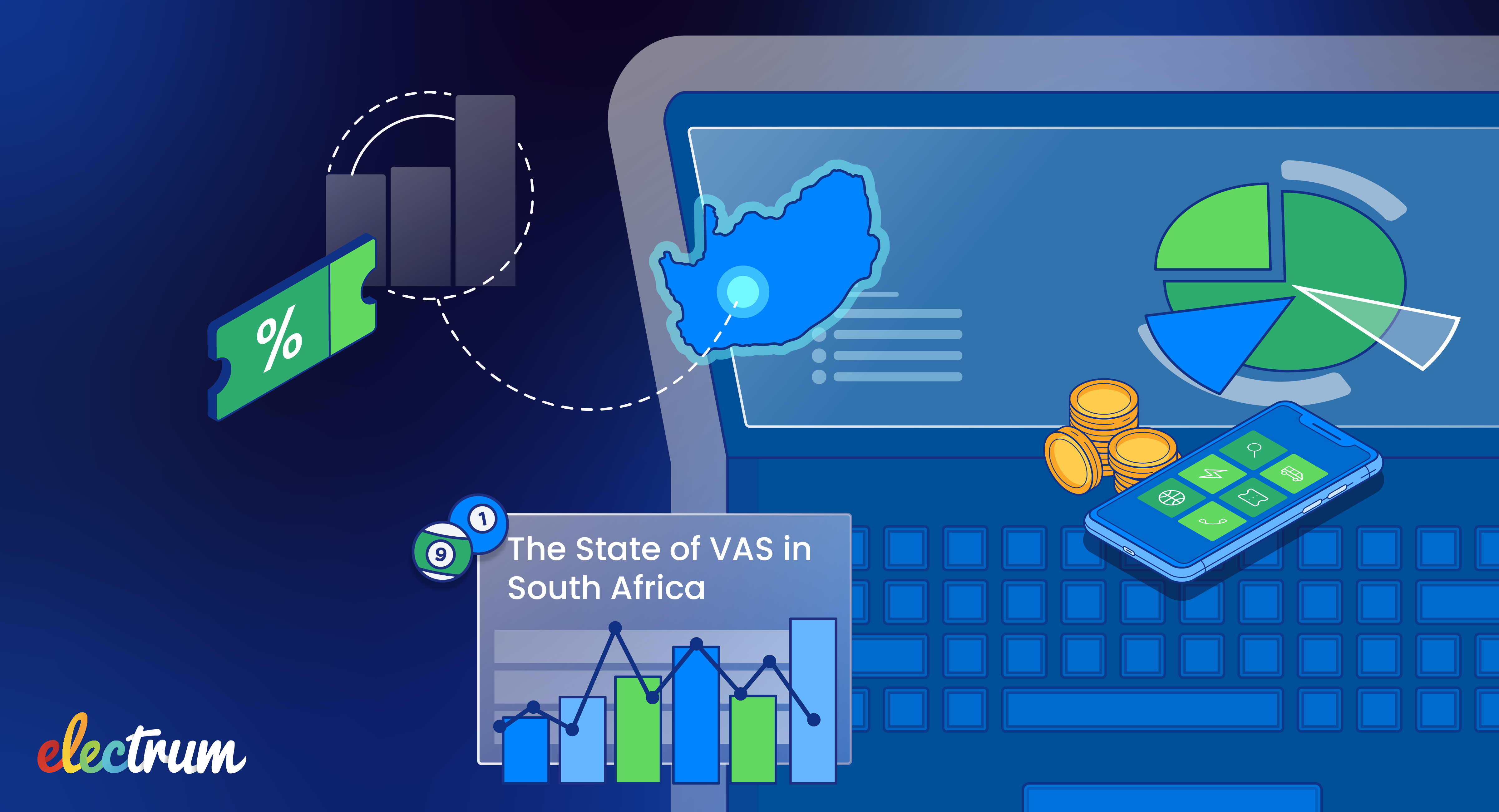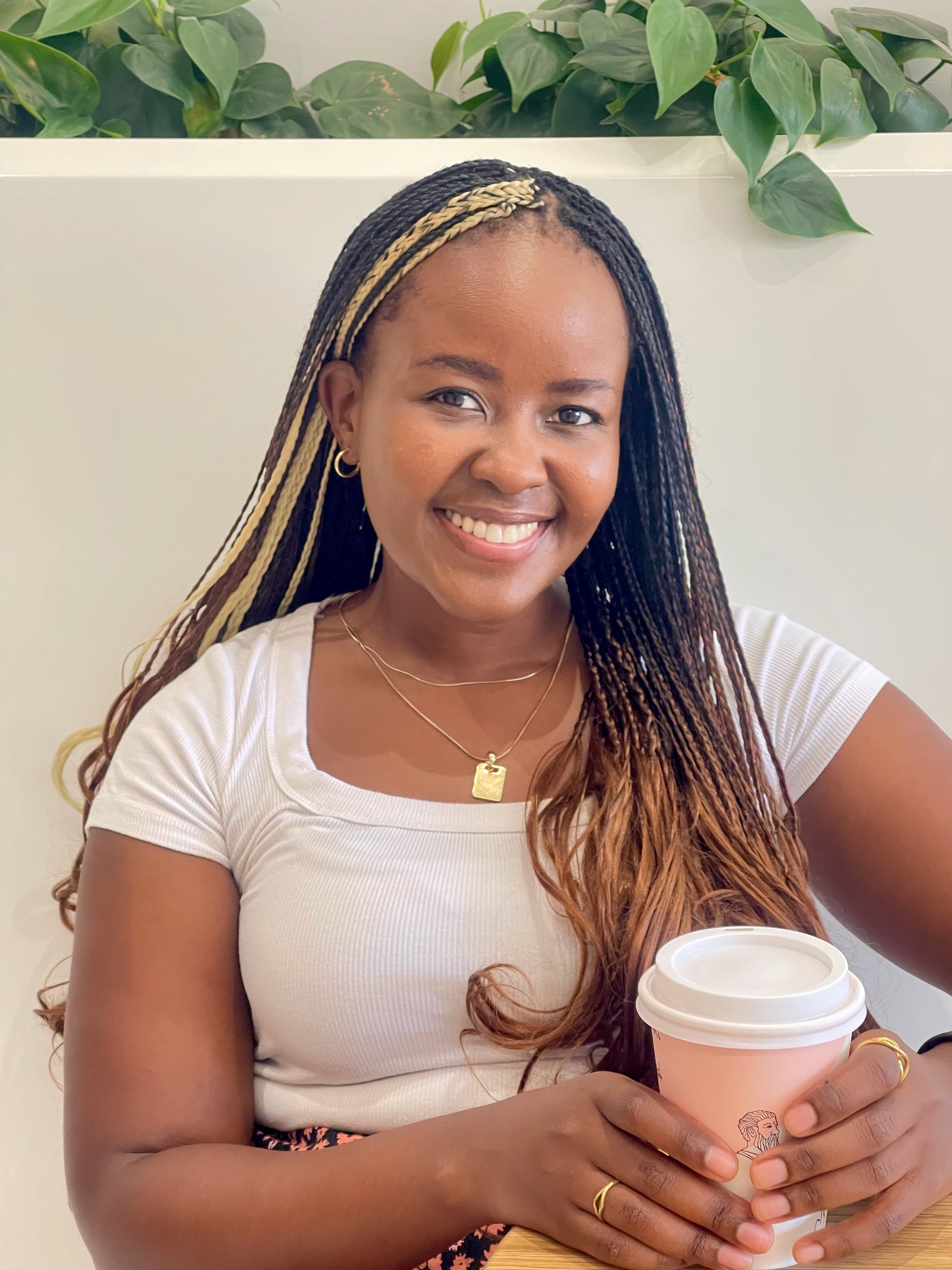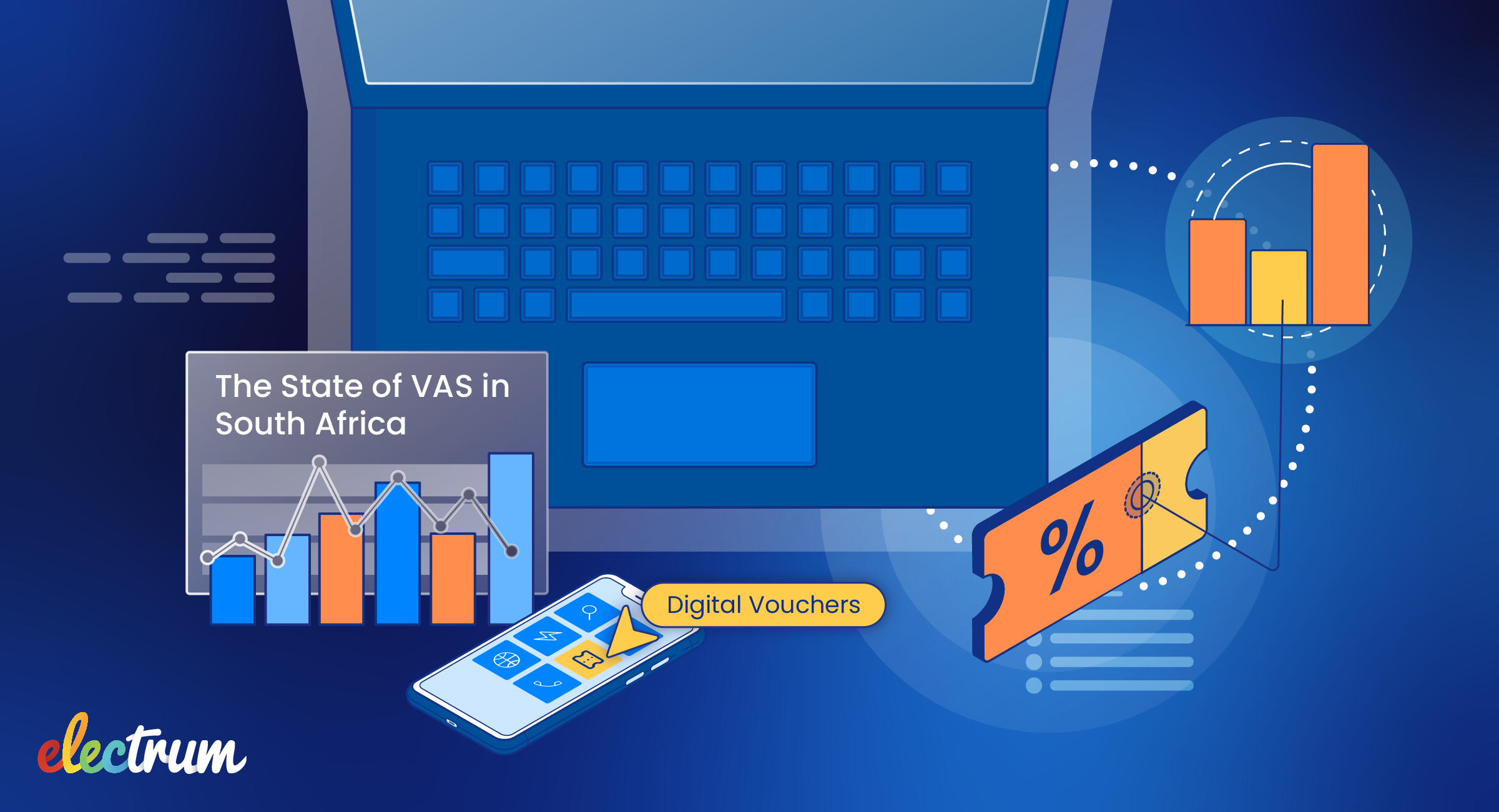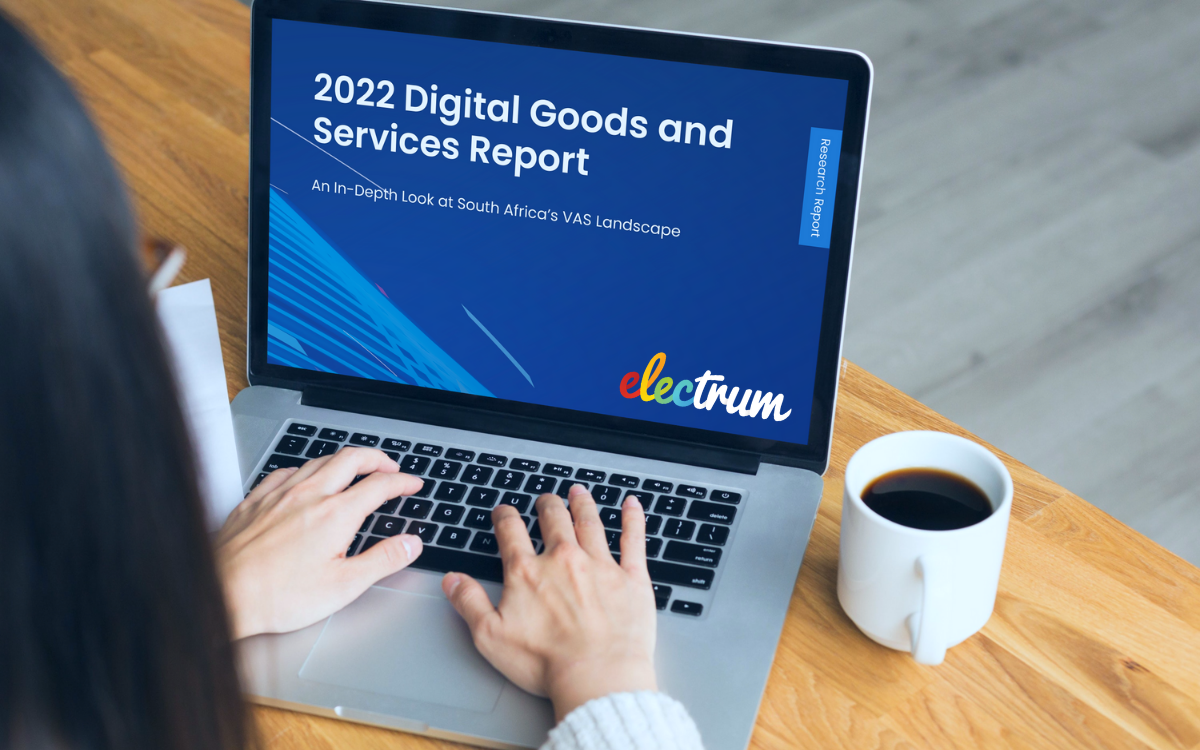
The State of VAS in South Africa 2024 consumer research offers valuable insights into how South Africans are purchasing VAS. Enterprises can leverage consumer data to enhance their service offerings and expand their share of the R500 billion market.
Between 2022 and 2024, the total market spend for value-added services (VAS) has increased to an estimated R497.68 billion. All services have shown growth in this period, highlighting the growing demand for VAS services across the board.
LOTTO, travel and event ticketing, and betting vouchers have shown the most significant growth, bypassing higher-value spend services like domestic money transfer and bill payments. Primarily driven by lower-income groups, the growth in low-cost but high-emotional-value purchases highlights the increasing pressure the economy has on lower-income groups and their need for financial relief.
Bank apps have a stronghold among higher-income groups, while retail POS and spaza shops are preferred by lower-income groups. Does that mean neither group is open to switching channels or adopting new ones? Not necessarily.
Banks and retailers still have an opportunity to adjust their strategies to gain market share. Solutions with the most convenient and cost-effective touchpoints are more likely to win over South Africans.
Aspirational purchases
LOTTO
LOTTO has the lowest market share (R7.3 billion) and yet has the largest usage growth from 18% to 37%. It’s an aspirational purchase among lower-income groups, with most people spending between R21 and R50 per transaction. It's a chance at a life-changing win at a fraction of the cost.
Most purchases are made weekly through retailer POS (59%), bank app (26%), and spaza shops (12%). LOTTO is also purchased more than betting vouchers, possibly implying that this service is still considered more legitimate than its competitors.
Betting Vouchers
Unlike LOTTO, betting allows for more frequent participation and quick results, reinforcing engagement. This, and its higher transaction values, contribute to its R49 billion market spend (10% of total market spend). Excluding vouchers, the total betting market is estimated to have a turnover of R761 billion.
Like LOTTO, betting is common among lower LSMs who see it as a chance to win big from a small spend. 39% of users reside in townships, followed by suburban (29.3%), rural (14.5%), and peri-urban residents (9.3%). More than half earn less than R 22000 per month.
Betting is also a shared activity among family and friends - often watched live, so it’s not that surprising that in-person channels dominate the voucher market. Spaza shops (32%) and retailer POS (22%) combined make up more than half of the market. However, bank apps still have the lion’s share at 41%.
Digital channels support aspirational purchases with faster processing
For both LOTTO and betting, digital channels offer more convenience and speed. Banks, in particular, can increase LOTTO usage by positioning themselves as the best choice for direct and instant deposits. While retailers could perform better by including both services on their high-growth digital channels.
Alternative payment methods
Domestic Money Transfer
Domestic money transfer has the largest market spend at R163 billion and the third highest usage rate of 63%. Bank apps are used more than retail channels for both sending and redeeming cash vouchers, although retail POS performs better when redeeming.
Its size could be attributed to its emotional value. 38% of users use it to send money to family and friends, and more than half of the respondents send money monthly, making it an essential service to support consistent revenue and long-term growth of your VAS business.
Scale growth by expanding your service provider and retail network
Retailers can scale their growth by leveraging their Money Market counter to offer end-to-end cash-in and cash-out services. Their accessibility to lower-income groups in physical footprint, coupled with a diverse network of service providers, can position them to capture a bigger piece of the domestic remittance market.
Banks that are falling behind can scale their business by widening their retail and informal merchant network. Turnkey integrations will ensure they can access unbanked markets at rapid speed, accelerating their growth.
Digital Vouchers (excluding Betting Vouchers)
Digital voucher usage grew to 14% - nearly double the rate in 2022. Average spend also doubled from R200 to R400. Banks dominate the market, with 69% of consumers preferring to purchase digital vouchers via their apps.
Buyers are spread evenly across township and suburban residential areas, and half of them buy vouchers monthly - providing businesses with stable and predictable payments. 28% of these transactions include buying vouchers for other people.
Capture higher values and consistent revenue via digital channels
Retailers can position digital vouchers as a “grocery list item” for customers who use their shopping apps for monthly purchases. These grocery app users are likely higher LSM consumers who already prefer digital channels, such as bank apps, when purchasing VAS.
Planned purchases
Travel and Event Ticketing
Travel and event ticketing’s usage rate grew by 19% to 35% in 2024. Retail channels are the market’s go-to, with over 74% of purchases being made through retailer POS and Money Market counters combined.
Retailers looking to grow in this segment could expand their touchpoints in townships where 39% of buyers reside. This could be achieved by partnering with informal merchants that offer wider reach.
Bill Payments
Bill payments contribute to 17% of the total VAS market spend. Payments are stable and predictable as they are mostly made monthly, ranging between R201 to R600 per transaction.
The majority of customers prefer using bank apps (53%) and retail POS (43%) to make payments. However, when income is below R 8000 per month, channel preference swings from banks to retailers.
The most popular type is DStv (64%), with over 7.6 million linear subscribers and 8.6 million 90-day active subscribers. This is followed by clothing accounts and insurance or funeral policies. While DStv has significant market share, Multichoice continues to report a declining subscriber base and is actively shifting its focus to streaming via DStv Stream and Showmax. To maintain or grow your market share, consider expanding your offering to include digital vouchers for these streaming services.
Increase volumes through incentives
Planned purchases are routine and generally price-sensitive. For travel ticketing, the consumer is likely aware of the best time to make a purchase and is more likely to compare market prices before making a purchase. For event ticketing and bill payments, buyers do not expect prices to change across channels or providers.
Banks, having access to higher LSMs, could increase usage with incentives that appeal to more price-conscious groups. On the other hand, retailers may have a better chance at winning over higher LSMs by enabling ticketing purchases and bill payments on their grocery delivery apps.
Daily utilities
Prepaid Airtime and Data
Prepaid airtime and data has the highest usage rate (95%) and the third largest market share at R74.8 billion (15%). Bank apps are preferred by the majority (61%); however, daily purchases are frequently made at spaza shops, which are preferred by 25% of buyers.
Lower-income groups frequently top up in small amounts and use multiple SIMs to get the best prices or promotions. As a result, the average spend per transaction is low compared to other services, sitting between R21 to R50 per transaction.
Be the gateway to a connected lifestyle
Larger spending values can be achieved by appealing to higher-income groups. However, as these groups typically have connectivity to Wi-Fi and cellphone plans, airtime and data need to be positioned as more than a daily utility but rather a key lifestyle tool to stay connected with loved ones, enable productive remote work, and stay online when the home WiFi fails.
Still, protecting commercials in this low-value, high-volume market is key to accomplishing any growth. MNO-level load balancing provides businesses with increased visibility and control over MNO traffic. Used effectively, businesses can ensure their margins are maximised while maintaining high availability and performance.
Prepaid Electricity
Prepaid electricity follows airtime and data with an 11% market share. It is an essential commodity with a high usage rate of 78%. Buyers typically pay R101 - R400 per transaction.
Bank apps are more popular than retailer POS and spaza shops combined, however, consumers are more likely to purchase monthly through retailers (52%) than through banks (42%), suggesting that more planned purchases are being made at retailers.
Be ready for unplanned purchases
Digital channels are a natural choice for urgent, unplanned prepaid electricity purchases because they're more accessible and faster to use. This likely explains why banks see more ad hoc purchases than retailers.
To make every transaction count, it’s crucial to offer an always-on service. Availability should be backed by robust preferential routing, load balancing, and broadcasting capabilities that keep customers coming back.
Use the power of knowing who you are selling to
Knowing how different South Africans purchase VAS allows you to adjust your strategy to become more competitive and grow market share. Your competitors have access to the same insights - fortify your value proposition by being the fastest to get to market.
Download our factsheet and contact the team to learn how you can scale at rapid speed.

Kganya Molefe
Kganya is a freelance Content Writer based in Johannesburg with experience in African Payments. When she’s not writing, Kganya enjoys journaling the old-fashioned way, listening to podcasts during her long walks, and passionately discussing the importance of low-cost, real-time, pan-African payment solutions with her friends and family.
Electrum Newsletter
Quarterly insights and news to help you keep up with the latest changes in the payments landscape







